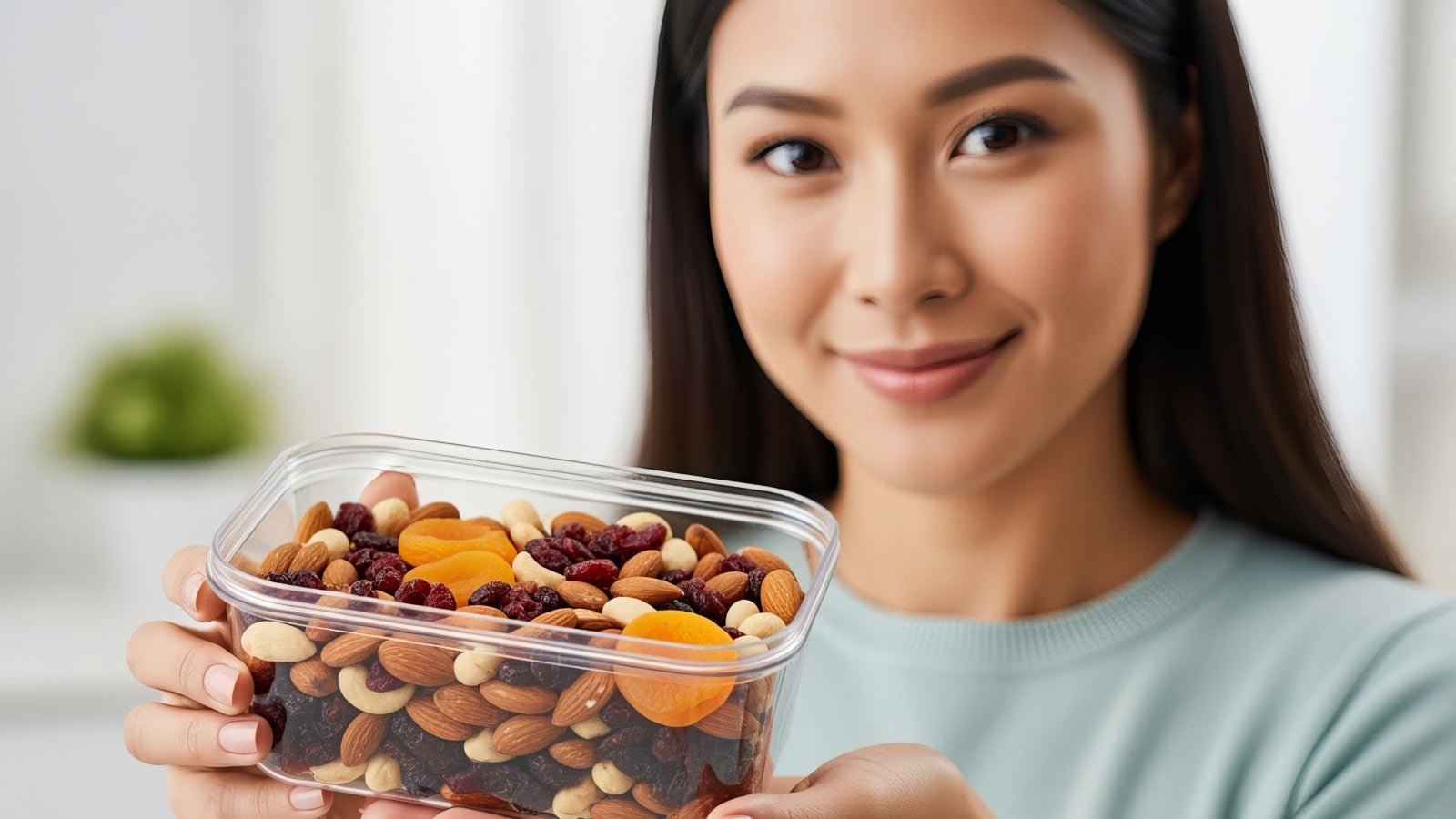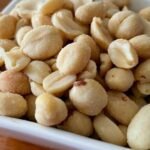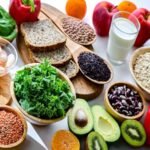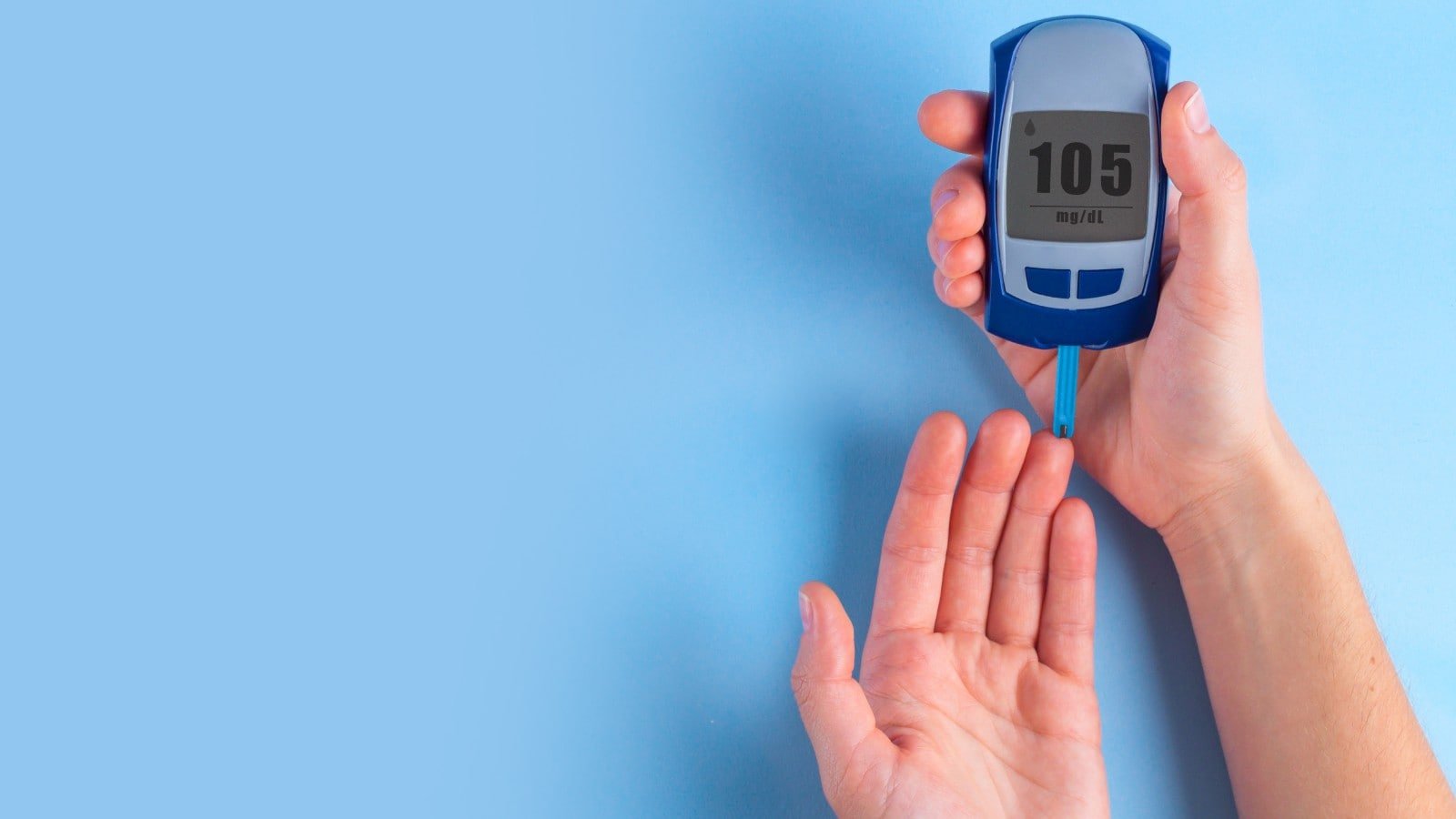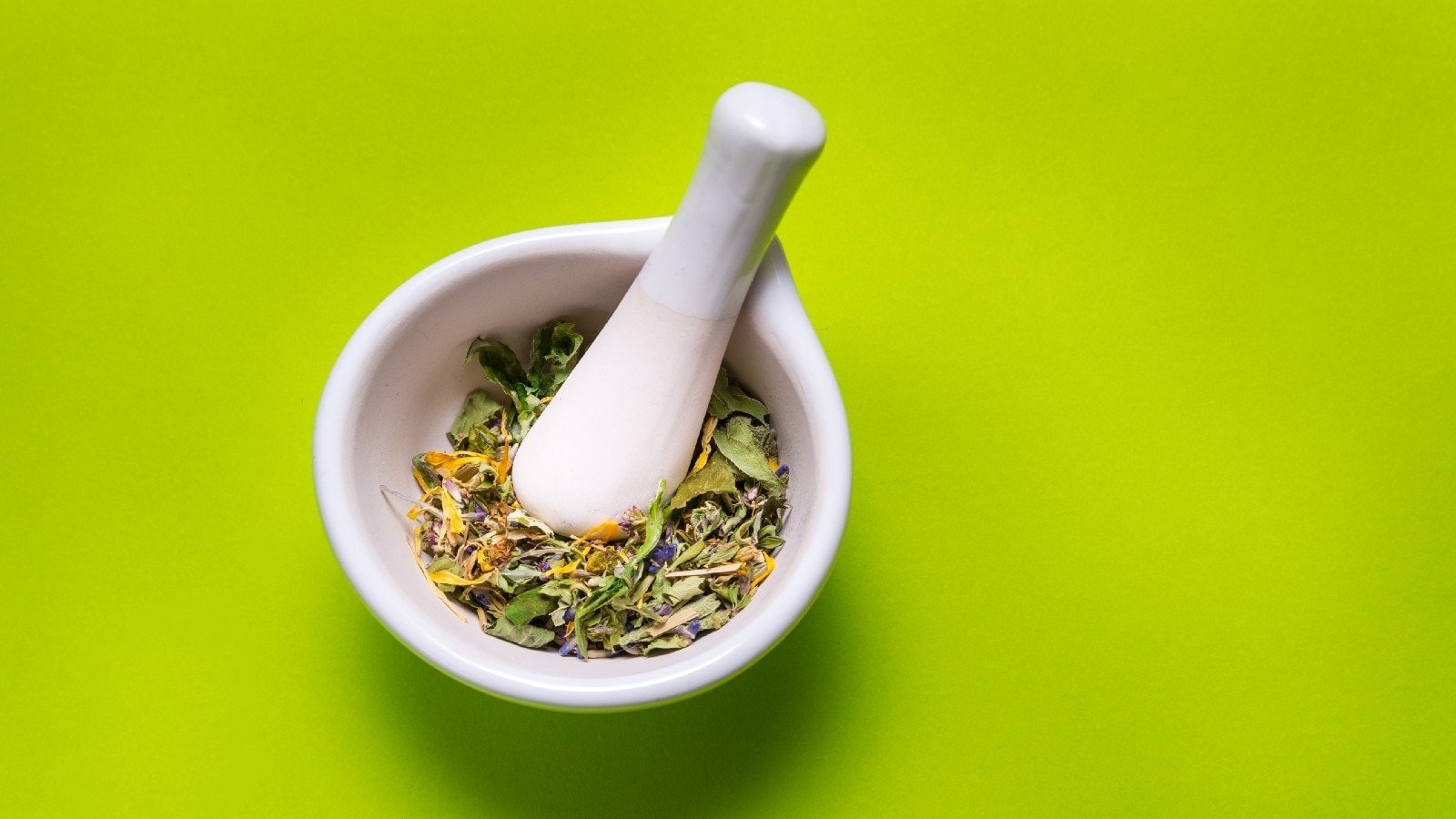While dry fruits are a healthy snack, some varieties are high in sugar. Know 6 such dry fruits to steer clear of if you are managing diabetes.
Do you often end up popping every dry fruit in your mouth without thinking every dry fruit is healthy for you? Diabetics, especially, must be careful! Diabetes brings with it a long list of dietary restrictions, and staying on top of what we eat and avoid is non-negotiable. While dry fruits may be generally healthy, when you have diabetes, you should check which one is suitable for you and also consume it in moderation. That’s because some dry fruits may seem nutritious, but their sugar content and glycemic impact can be a huge problem.
Health Shots reached out to dietician Garima Goyal, who listed six dry fruits you should definitely avoid if you have diabetes and also explained what makes them risky.
Why do some dry fruits spike blood sugar?
While nuts and seeds are often diabetic-friendly, several popular dry fruits are not. Especially, those that undergo the drying process where water content is removed, leaving a more concentrated product, can be risky. Garima Goyal notes that the drying and processing boost both sugar density and glycemic index (GI). Once those sugars hit your bloodstream quickly, it becomes harder to maintain stable glucose levels.
Figs (Anjeer) and dates
Both figs and dates have alarmingly high sugar percentages. For example, some date varieties can consist of 70 percent or more simple sugars like fructose and glucose, according to research published in the journal Nutrients. Figs are no better as they contain 50–60 percent sugar by weight. When a food has such high sugar content and a high glycemic index, it becomes a poor choice for someone managing diabetes. As Garima Goyal emphasizes, while they may seem natural, the sugar load is too much, and therefore, they should be avoided.

Dried cherries and dried mango
Commercially dried cherries can carry 35–40 grams of sugar per serving and sometimes more if extra sugar is added during processing. Dried mango often has added sugar and shows a higher GI compared to fresh mango. In fact, a study published in the journal Metabolism Open found that fresh mango improved post-meal glucose control more effectively than dried mango. The excess fructose and rapid blood glucose rise make these options harmful for people with diabetes.
Are dried bananas and banana chips safe to consume?
No, dried bananas are considered a big no. While fresh bananas must be consumed in moderation due to their high GI, the dried versions are even higher in caloric density because they are often processed by frying or sugar coating. This processing also leads to a loss of essential nutrients, making dried bananas even more harmful for diabetics.
What are candied fruits, and why are they dangerous for diabetics?
Candied fruits, such as candied orange or papaya, are basically sweet treats. They are not simply dried, but they are processed, coated in sugar, and stripped of much of their nutrient value. Dietician Garima Goyal warns that these should never be a part of a diabetic-friendly diet because they cause very high blood-sugar spikes.

